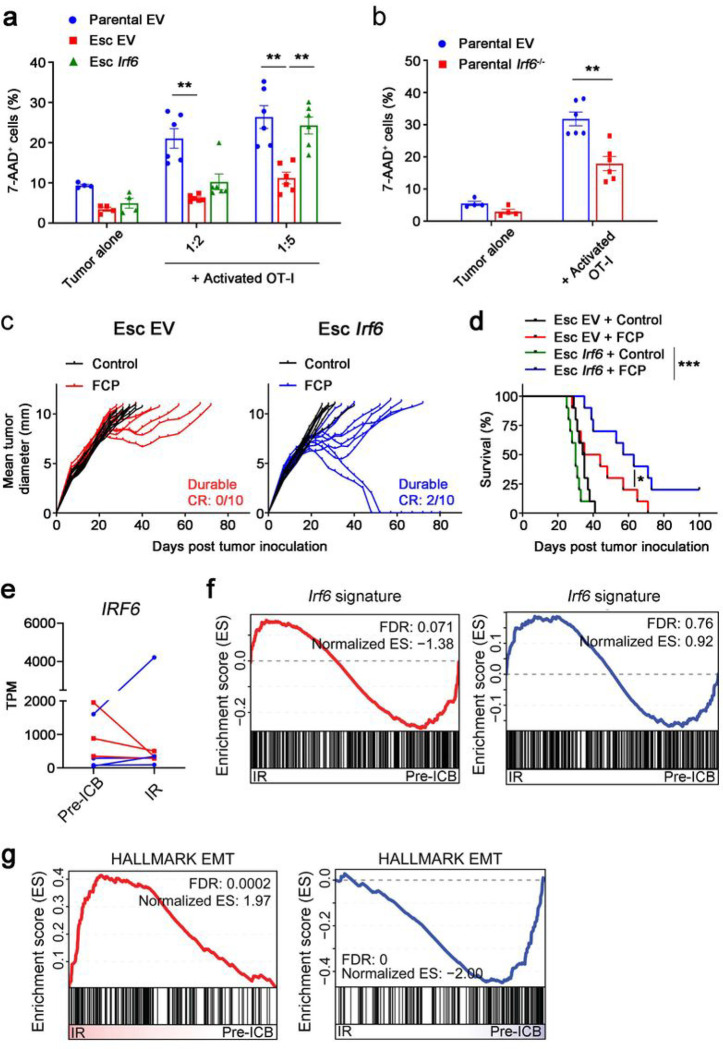Figure 5. Irf6 loss contributes to EMT-induced immunotherapy resistance.
a, OVA-tdTomato+ 4662 parental EV, Esc EV, and Esc Irf6 tumors were co-cultured with or without activated OT-I at indicated 4662 tumors to OT-I ratios for 2 d. 7-AAD expression on tumors was measured by flow cytometry. b, OVA-tdTomato+ 4662 parental EV and Irf6 KO tumors were used as target cells (1:5 ratio). c,d, Tumor growth (c) and survival (d) of mice bearing 4662 Esc EV and Esc Irf6 tumors treated with control IgG or FCP (n = 10). Data represent two independent experiments. e, TPMs of IRF6 in 7 treatment-paired NSCLC patient samples (Gettinger et al., 2017). All patients demonstrated initial response to combinatorial checkpoint blockade before relapsing. Lines are drawn from patient-matched early treatment (Pre-ICB) to immunotherapy recurrence (IR). Red lines indicate 3 patient samples demonstrating a decrease in IRF6 expression with recurrence. Blue lines indicate the others demonstrating unchanged or increased IRF6 expression with recurrence. f,g, GSEA plots of an Irf6-dependent gene signature derived from Irf6-expressing 4662 tumors (f) and the EMT Hallmark (g) in patient-matched Pre-ICB vs. IR samples separately assorted based on IRF6 expression as in e.

